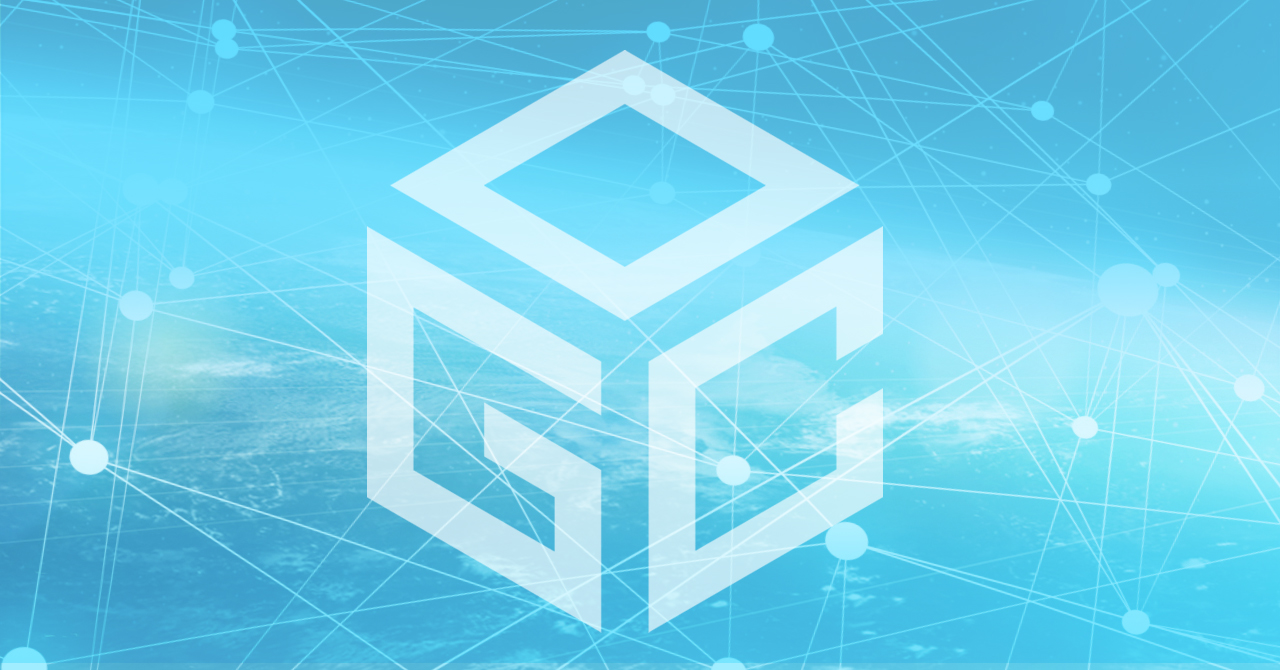KML is an XML grammar used to encode representations of places and objects for display in an earth browser, such as a 3D virtual globe, 2D web browser application, or 2D mobile application. KML can be used to accomplish various map and Earth image functions, such as: annotate places, specify icons and labels to identify geographic locations, create different camera positions to define unique views for KML features, define image overlays to attach to map views, and define the location and orientation of textured 3D objects.
The main KML enhancements provided in version 2.3 are:
-
Addition of a new feature, KML Tour, which enables a user to specify aspects of a controlled virtual flight through a series of geographic locations, including speed, mode of flight (smooth or bounce), sound tracks and how KML features are updated throughout the tour.
-
Addition of new geometries: Track and MultiTrack. A KML Track can capture and display the path and other aspects of a moving object over a specified period of time.
-
Enhancements to KML's Extension Mechanism, allowing for the direct use of XML content from third-party schemas. KML 2.3 is now based on XML Schema 1.1 enabling authors of KML Application Profile extensions to experimentally add foreign element and attribute content interleaved among existing KML elements.
The documents for the candidate OGC KML 2.3 Standard are available for review and comment at (http://www.opengeospatial.org/standards/requests/128). Comments are due by 18 January, 2015.
“
